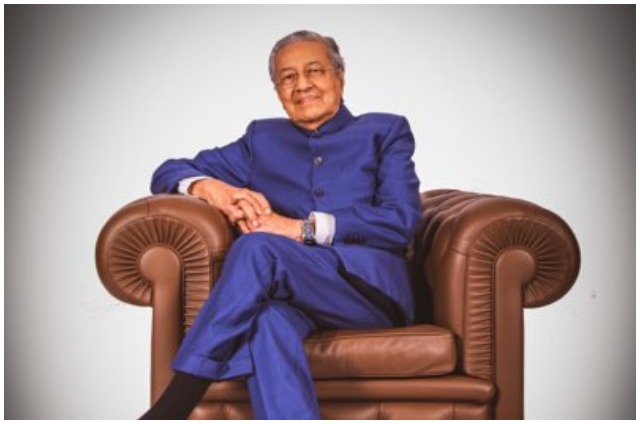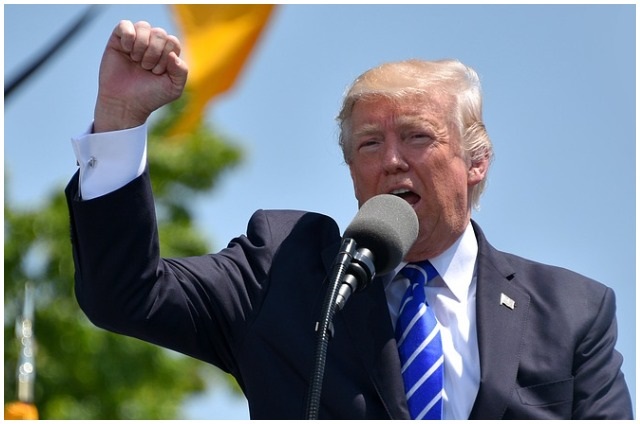

It was, of course, Taiwanese brand HTC. In the last few years, it has launched impressive phones like the One (M7) and One (M8), which have overshadowed Samsung’s offerings. This year, only hours before Samsung’s event, it launched its One (M9),
which like its predecessor sports a premium metal design and some impressive hardware specs. However, things are going to be difficult for HTC as Samsung has impressed with the Galaxy S6 and Galaxy S6 edge. We take a closer look at both.
Design:
Design has been HTC’s strongest suit in the last few years. Universally, its M7 and M8 have proven to be the prettiest Android phones around. Samsung’s offerings, unfortunately, haven’t been loved on the flipside.
This year, things could change as the Galaxy S6 and Galaxy S6 Edge bring impressive industrial design stories to the table. Both phones have a sturdy metal frame backed up with Gorilla Glass on both sides. And they look impressive.
HTC decided to stick with its tried and tested metal design, which it heralded in the M7 back in 2013 and refined it in the M8 in 2014. The M9 looks very similar to the M8, and that is not a bad thing.
It looks handsome, no doubt, but it no longer is a no-brainer if you are a stickler for aesthetics. Samsung’s offering is equally compelling and it will be a subjective choice at the end of the day.
Samsung also does some things better than HTC’s flagship. Its S6 and S6 Edge are significantly slimmer at 6.8mm and 7mm respectively. The M9, by modern standards, is rather chubby at 9.6mm. It is also heavier than the two Galaxy S6 models at 157 grams. The Galaxy S6 weighs 138 grams while the Galaxy S6 edge is lighter at 132 grams.
If you’d be critical, then as the M9 looks similar to its predecessor, it can be argued it brings nothing new to the table in terms of design. It perhaps lacks an X-factor, which Samsung nails with the curved screen on the Galaxy S6 edge.
Display:
While Samsung’s phones have always possessed beautiful eye catching Super AMOLED screens, they often don’t have colours that appear true to life. HTC’s screens often do well in this regard with the use of LCD technology.
The M9 continues to use a 5-inch 1080p LCD screen, which should be good going by history. However, on paper, it is no match for Samsung’s Super AMOLED quad-HD panel on the Galaxy S6. The M9 is super sharp at 441 pixels per inch, but the Galaxy S6 has an almost absurd 577 ppi density.
The Galaxy S6 Edge even adds curves on the sides of the screen, which makes it the more innovative one of the lot. HTC’s LCD screen will probably fare better under direct sunlight, but Samsung’s screen will likely have deeper blacks and will be more battery efficient.
Camera:
For the last few years, HTC has attempted to innovate on the camera front. However, it has failed to provide its users with a dependable camera. Compared to phones from Sony, Samsung and Apple, HTC’s One line of phones have had inferior cameras.
Its UltraPixel technology has also copped a lot of flak and this has resulted in HTC adopting a traditional 20.7-megapixel camera on the back. This is a good move of course, but the 16-megapixel camera on the Galaxy S6 according to Samsung is better than even the iPhone 6 Plus.
Even in our hands-on we found that the camera on the Galaxy S6 was very impressive. So, beating the Galaxy S6 camera will be a hard act. The rear camera also misses out on optical image stabilisation something which the Galaxy S6 has, so it is likely its low-light performance will be inferior.


UltraPixel technology basically allows the camera sensor to absorb more light as the pixel size is significantly larger. This improves performance in low-light but it sacrifices resolution, which results in softness and less detail.
This results in inferior image quality for a rear camera, but as people mostly take selfies from the front camera, it can turn out to be a boon. HTC has also thrown in a flash for the front camera. Samsung has also added a 5-megapixel camera on the front, which has a wide f/1.9 aperture, however, it missed out on a flash. Overall, things should be close when it comes down to the front camera.
Performance:
The HTC One (M9) is powered by the Qualcomm Snapdragon 810 octa-core processor, which also has support for 64-bit apps. This is probably going to be the processor that is used in most Android flagships in the first half of the year. Already, LG has announced the G-Flex 2, which uses the same chip. It is a fast chip and performance should be very very good.
However, if Samsung is believed then the Galaxy S6 could one-up the One (M9). Unlike most manufacturers, Samsung even makes its own Exynos line of processors. In previous years, its Exynos variants were reserved for markets like India where there was no 4G connectivity.
It used Qualcomm’s silicon for developed markets like the US as its own processors lacked 4G support. With the new Exynos 7420, that limitation no longer exists. Moreover, in terms of pure performance too, Samsung believes it has a better SoC as it is based on a 14nm process, which is an industry first.
It claims that the Exynos 7420 octa-core processor is 35 per cent faster than the Qualcomm Snapdragon 805, which used in the Galaxy Note 4 and is more frugal. This could be the case as Qualcomm’s chips normally have an advantage over rivals like Samsung and MediaTek because of their custom Krait cores.
The Qualcomm Snapdragon 810 uses standard ARM Cortex A53 and A57 cores, just like the Exynos 7420, but is manufactured on an inferior 20nm process. While both phones have 3GB RAM, the Galaxy S6 also uses faster DDR4 RAM. In recent weeks, leaked benchmarks of the Galaxy S6 have also revealed that the phone benchmarks higher than any Android smartphone we have seen to-date.
Software:
Both the phones run on Android 5.0 Lollipop. Samsung has vastly improved its much maligned TouchWiz UI by adopting a less intrusive UI and Google’s material design principles. It also is the one that is heavier on feature with cool multitasking functions like multi-window.
That said, we expect the HTC One (M9) to provide the better UI as it has the cleaner and prettier Sense UI. HTC also allows the user to theme the interface, a feature the Galaxy S6 lacks. One area, where the Galaxy S6 could have an edge is in terms of professional use as it incorporates the Knox security package.
Battery:
The HTC One (M9) has the bigger 2,880mAh battery. The Galaxy S6 has a smaller 2,550mAh battery, while the ‘edge’ model has a 2,600mAh battery. However, things are little more complicated.
As the Galaxy S6 uses the more frugal display technology, things could even out. That said, things could also get reversed as Samsung’s phones have incredible quad-HD screens as opposed to a standard 1080p resolution on the M9.
Samsung’s phones also have more tricks. The South Korean company claims that its phone can offer 4 hours of battery life with just 10 minutes of charging, and goes on to say that its batteries are the fastest charging modules currently on a phone. HTC does not make any such claims, however, it leverages Qualcomm’s Quick Charge technology, which too ensures faster charging.
Memory:
Samsung’s new Galaxy smartphones uncharacteristically eschew a microSD card slot. To make up for that, Samsung offers generous SKUs which start at 32GB and go up to 128GB. HTC’s One (M9) is only offered in one model. A 32GB model, but it also has a microSD card slot that supports up to 128GB of expansion.
Miscellaneous:
In typical Samsung fashion, the Galaxy S6 comes with a bag full of tricks. It has an iPhone like fingerprint scanner, and also has a heart rate monitor on the back. These are certainly nice additions. HTC’s One M9 provides neither, however, it does come with new BoomSound speakers, which in the past have proven to be the best speakers on a smartphone.
They also use Dolby’s audio technology, which is always a good thing. Considering the single speaker and slim design of the S6, it is likely that the One (M9) will have an edge in terms of audio and loudspeaker quality.
Wrap Up:
The Galaxy S6 and S6 Edge seem like a drastic overhaul of Samsung’s flagship smartphone, while the HTC One (M9) feels more like an evolutionary step. Both offer a lot in their own right, but purely based on the specs,
the Galaxy S6 could have a slight edge in core functionality and certainly packs an X-factor with its ‘edge’ model that adds the innovative curved display. The One (M9) is expected earlier in March, while the Galaxy S6 and S6 edge will be launched in April.
-INDIA TODAY










